Time: 2025-07-30 16:08:20 Source: Henan Province Jianyun Cable Co., Ltd.
Selecting the appropriate single-core solar cable for photovoltaic (PV) systems is critical to ensure safety, efficiency, and longevity. Single-core solar cables, typically ranging from 1.5 mm² to 16 mm², are used to connect solar panels to inverters, charge controllers, or combiner boxes in PV installations. These cables must handle direct current (DC) loads, withstand environmental stresses, and comply with international standards. This guide provides a structured approach to selecting the right single-core solar cable size, focusing on electrical, environmental, and regulatory considerations, presented in a formal and professional manner.
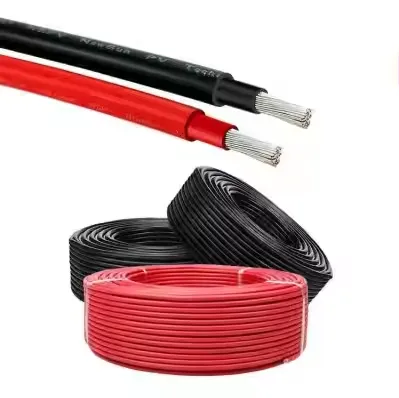
Single-core solar cables are designed for DC applications in PV systems. They consist of a single conductor, typically tinned copper for corrosion resistance, encased in a halogen-free, UV-resistant, and flame-retardant insulation, such as cross-linked polyethylene (XLPE). These cables are used primarily for connecting solar panels to combiner boxes or inverters, handling voltages up to 1.5 kV DC and operating in harsh outdoor conditions. Common sizes range from 1.5 mm² to 16 mm², with stranded conductors preferred for flexibility and durability.
Selecting the appropriate cable size involves evaluating several critical factors:
| Factor | Consideration |
|---|---|
| Ampacity | Handle max current at 90°C |
| Voltage Drop | 1–3% max |
| Cable Length | Larger size for longer runs |
| Environmental Conditions | UV, temperature, moisture resistance |
Follow these steps to select the appropriate single-core solar cable size:
| Step | Key Actions |
|---|---|
| System Current | Calculate Imp/Isc, select sufficient capacity |
| Voltage Drop | Ensure <3% using VD formula |
| Cable Length | Larger sizes for longer runs |
| Voltage Rating | Match system’s max DC voltage |
Single-core solar cables from 1.5 mm² to 16 mm² are suited for various PV applications:
| Cable Size (mm²) | Ampacity (A) | Typical Application | Cable Run |
|---|---|---|---|
| 1.5 | ~20 | Small off-grid systems (<500 W) | <5 m |
| 4 | ~40 | Residential (1–5 kW) | <10 m |
| 6 | ~50 | Medium/large systems (5–10 kW) | 10–20 m |
| 10 | ~70 | Commercial (10–50 kW) | 10–20 m |
| 16 | ~90 | Industrial (>50 kW) | >20 m |
Solar cables must meet international standards to ensure safety and performance:
| Challenge | Solution |
|---|---|
| Voltage Drop | Use larger cables (e.g., 6 mm² or 10 mm²) for long runs, calculate VD accurately |
| Overheating | Select cables with ampacity exceeding max current, use tinned copper |
| Environmental Degradation | Choose UV-resistant, halogen-free cables |
| Future Expansion | Opt for larger cable sizes (e.g., 6 mm² over 4 mm²) for scalability |
Selecting the right single-core solar cable (1.5 mm² to 16 mm²) for PV systems requires careful consideration of current capacity, voltage drop, cable length, environmental conditions, and compliance with international standards. By calculating system requirements and using tools like voltage drop calculators, installers can choose cables (e.g., 4 mm² for residential, 10–16 mm² for commercial) that ensure efficiency, safety, and durability. Planning for future expansion and using high-quality, UV-resistant cables further enhances system reliability, making single-core solar cables a critical component of effective PV installations.
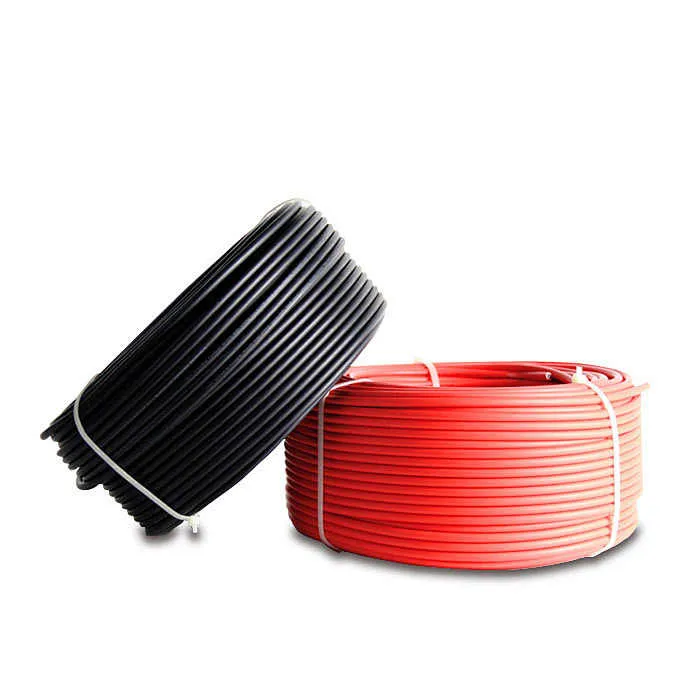
RPVU90 Photovoltaic Wire XLPE Type PV 2000V Series Solar DC AC Cable with CUL Ce
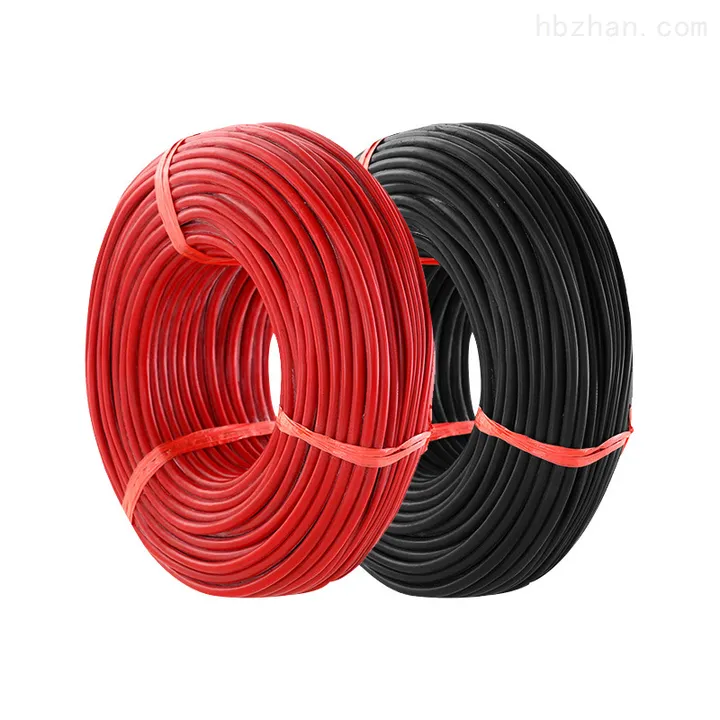
Twin Core PV Solar Cable 2x4mm2 TUV EN50618 TUV IEC62930 Solar Panel Wire
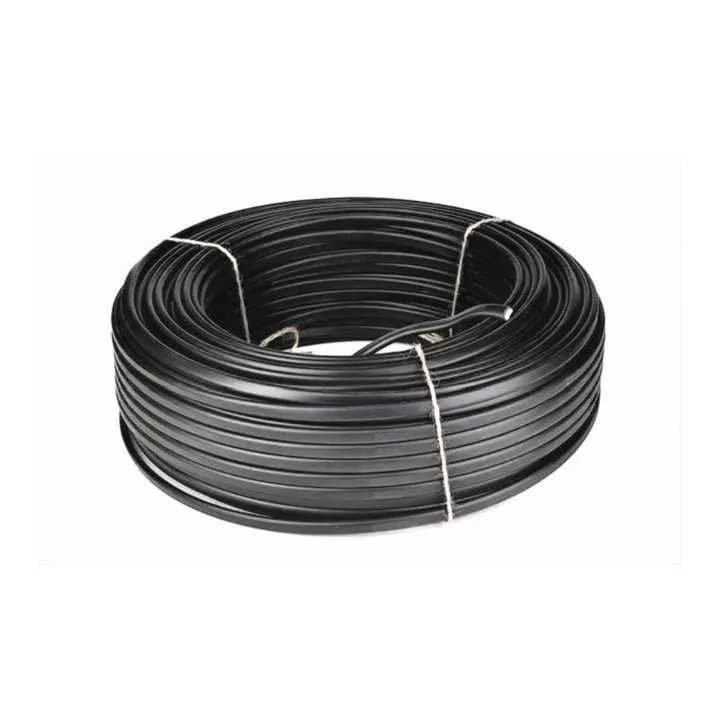
Low Volta DC 1.5kv 1.5mm2 2.5mm2 4mm2 6mm2 XLPE/XLPO Insulated Tinned Copper PV1
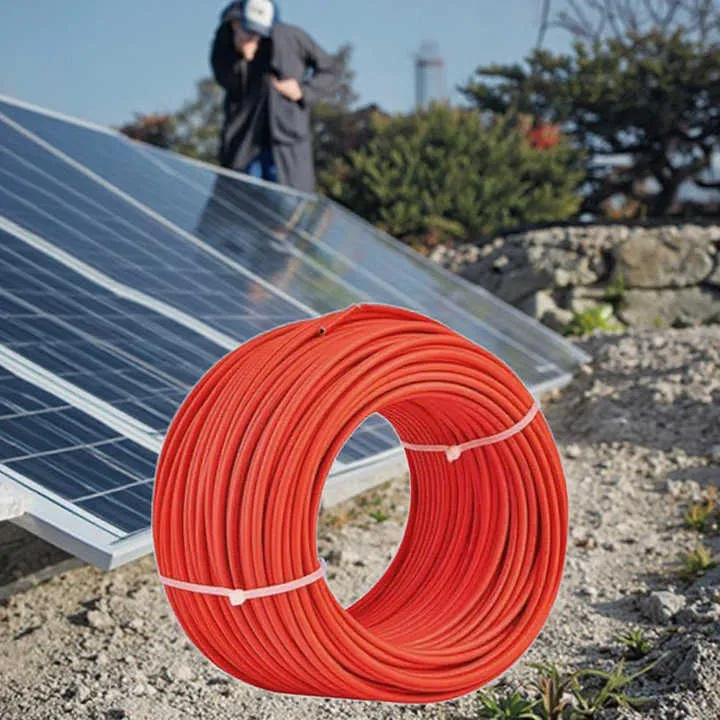
High Efficiency Tinned Copper Conductor XLPO Insulation Single Core PV Wire Sola